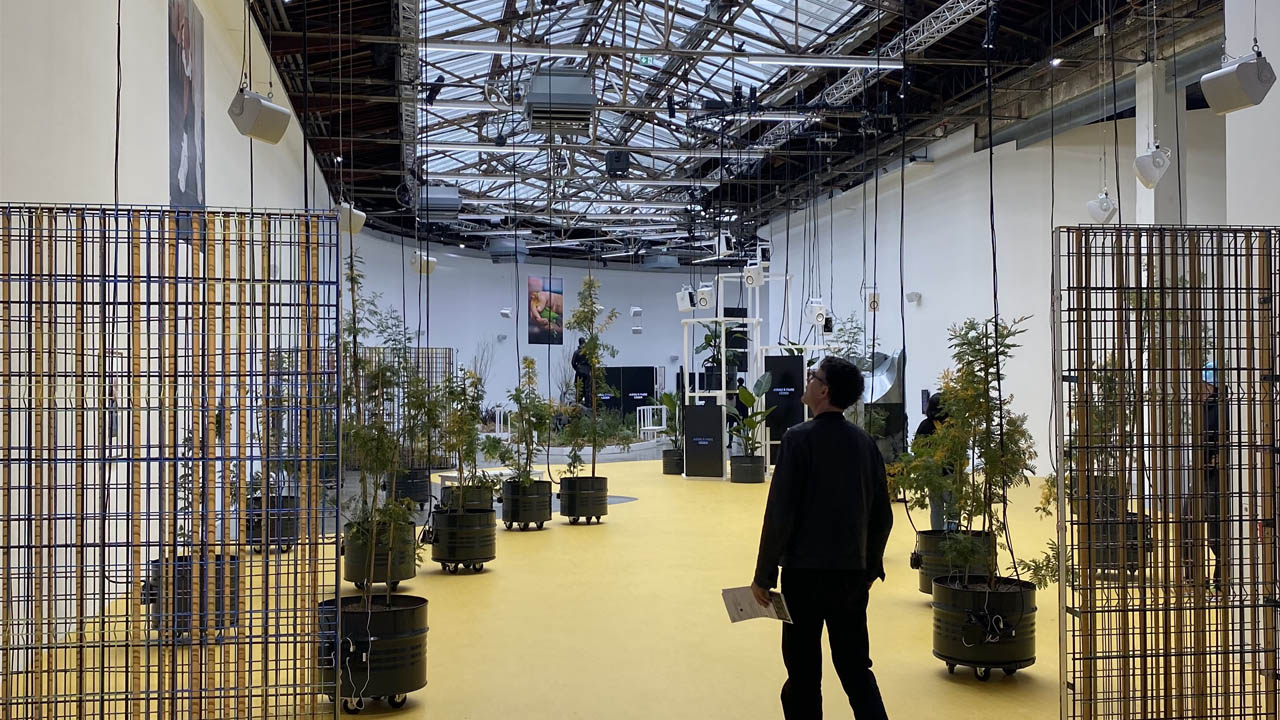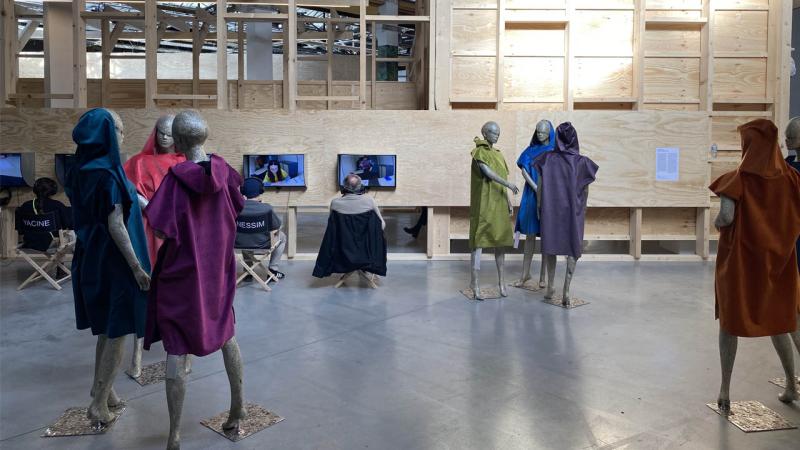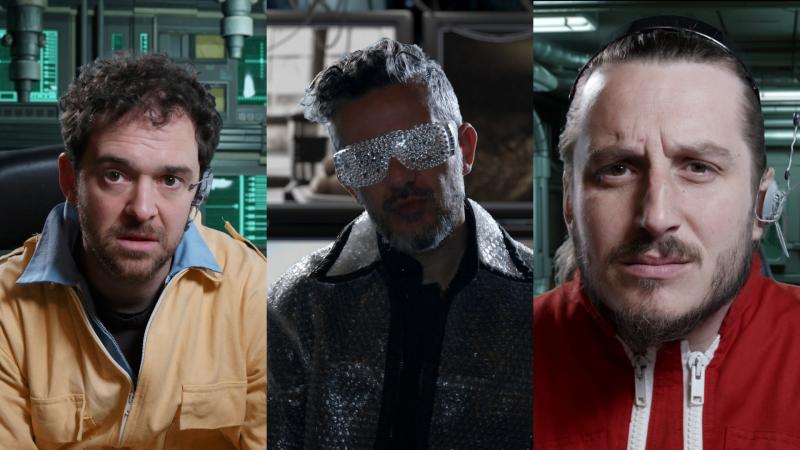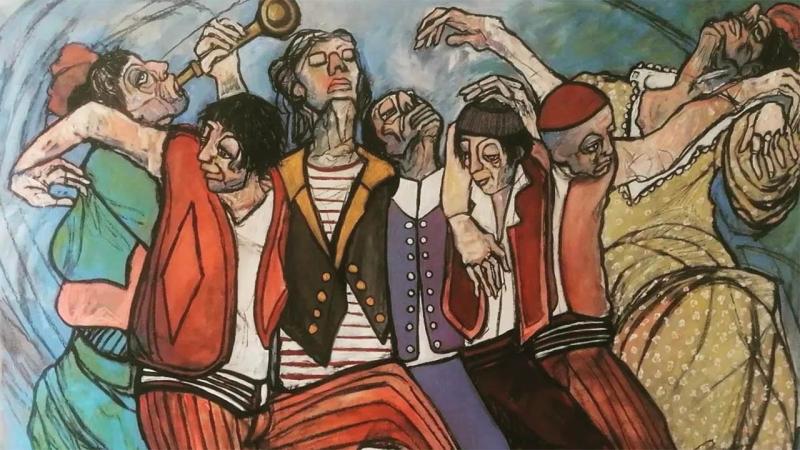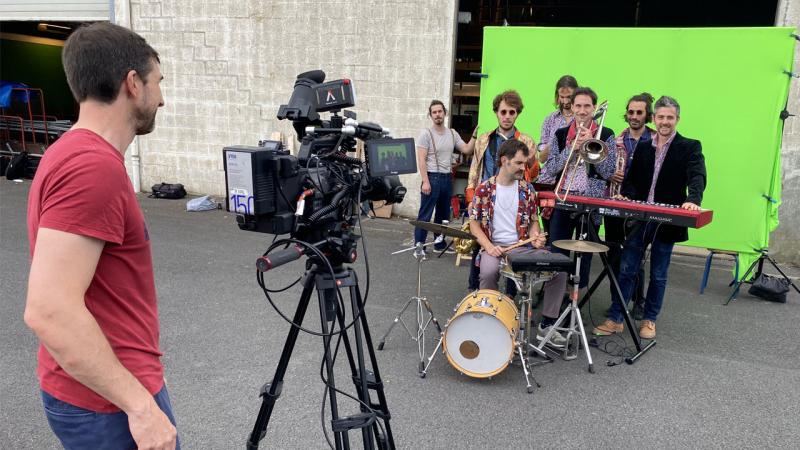I don't go there often, but every time I do, I emerge transformed.
I never read the information: the author, the artistic approach, the family traumas that led them to make ceramics on cows, I couldn't care less. I disconnect my brain.
And always, I feel filled with overflowing gratitude to live in a country where for 9€, you can experience so much freedom in a public place where humans are welcome. At a time when train stations have more advertising boards than benches, that's saying something.
Three things I liked – among many others:
1. No need for an audience
The statues look at the artworks while the mannequins discuss the exhibition. One wonders what the purpose of the audience is.
2. It's meta
There's always a reflection on the medium. We don't just paint on paper; we reflect on the limits of paper, its relationship with ink, its connection with the viewer. And every time, we think, "Oh, are we allowed to do that?"
3. The bookstore
Every time, I choose a book almost at random by looking at the pictures or reading a paragraph in the middle. Over ten years ago, I picked up "On the Inside of Jokes" by Nik Christiansen.
This year, I picked up "The Waterfront Journals" by David Wojnarowicz – apparently, he's quite well-known. I'm already halfway through. This book blows my mind.
An afternoon... and everything changes.
